How many ceiling lights do I need and other FAQs
Written by
29 June 2022
•
5 min read
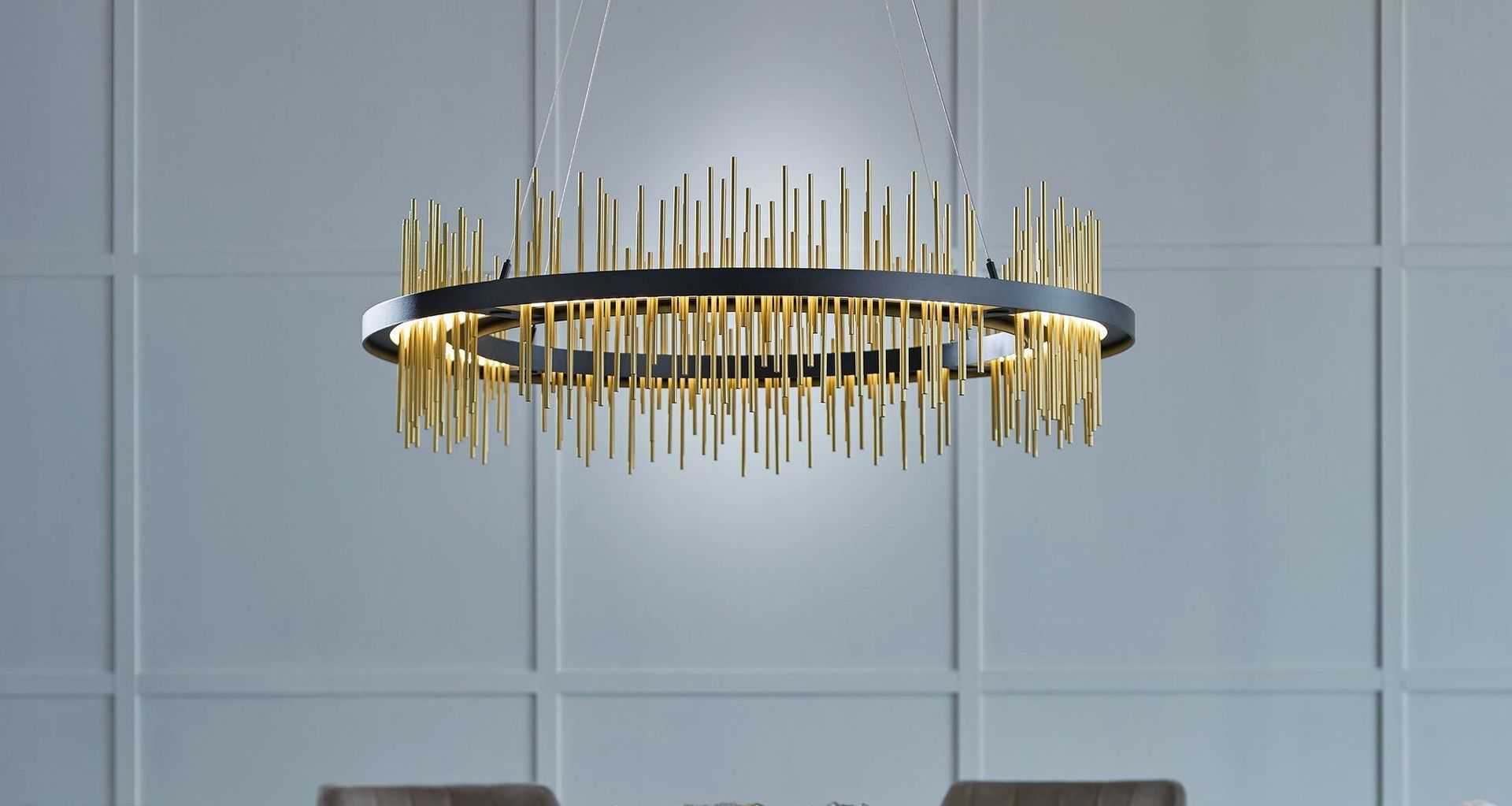
The first question you’ll probably ask when thinking about your lighting plan is “how many ceiling lights do I need?” and from this, a string of others will quickly follow regarding light sizes, types, bulbs, budget and more. We’ve endeavoured to cover all the basics of general lighting in this handy guide so you can hit the ground running with your plans.
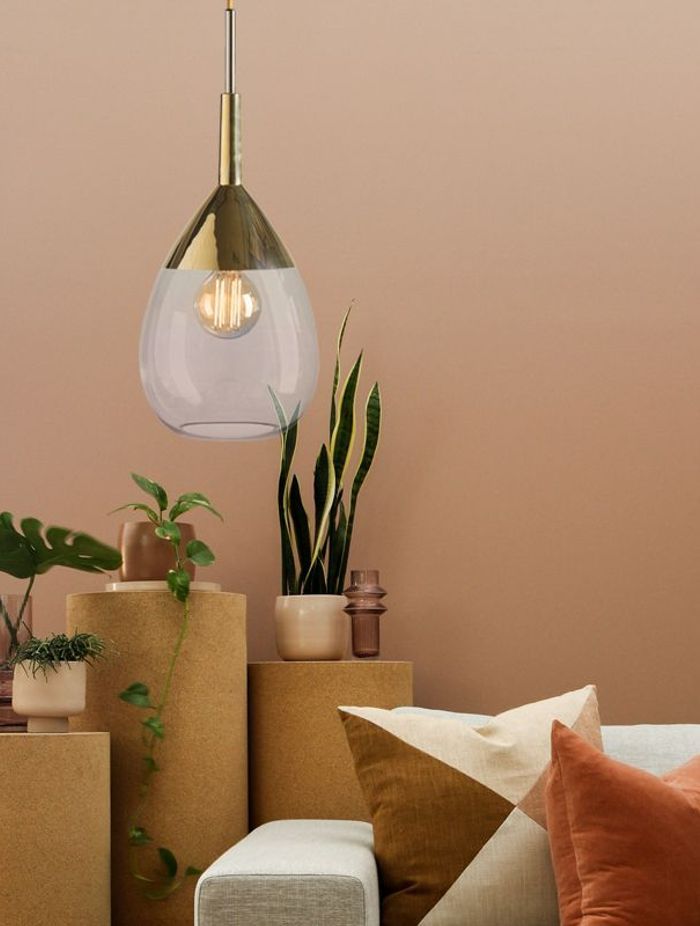
How many ceiling lights do I need?
The short answer for this is fairly straightforward – one bulb per two meters squared as a general rule of thumb.
For example, the average size of an Australian kitchen is 4.2m x 3.4m. We'll imagine you're going for a configuration of recessed downlights, probably the most popular type of light in this setting.
This would out at roughly four to six lights. This might seem like a lot, but there are a few reasons to consider having so many lights.
To begin with, different areas require might require more light depending on their functionality. The kitchen requires strong sources of task lighting, incredibly important when preparing food and cooking. Generally speaking, ceiling lights should be spaced about 90cm to 120cm apart.
However, because of the task-orientated function of kitchens, bathrooms and laundry rooms, they tend to require more light coverage compared to bedrooms and living rooms, for which a more ambient style might be preferred with fewer lights required.
Related article: Downlights - the essentials
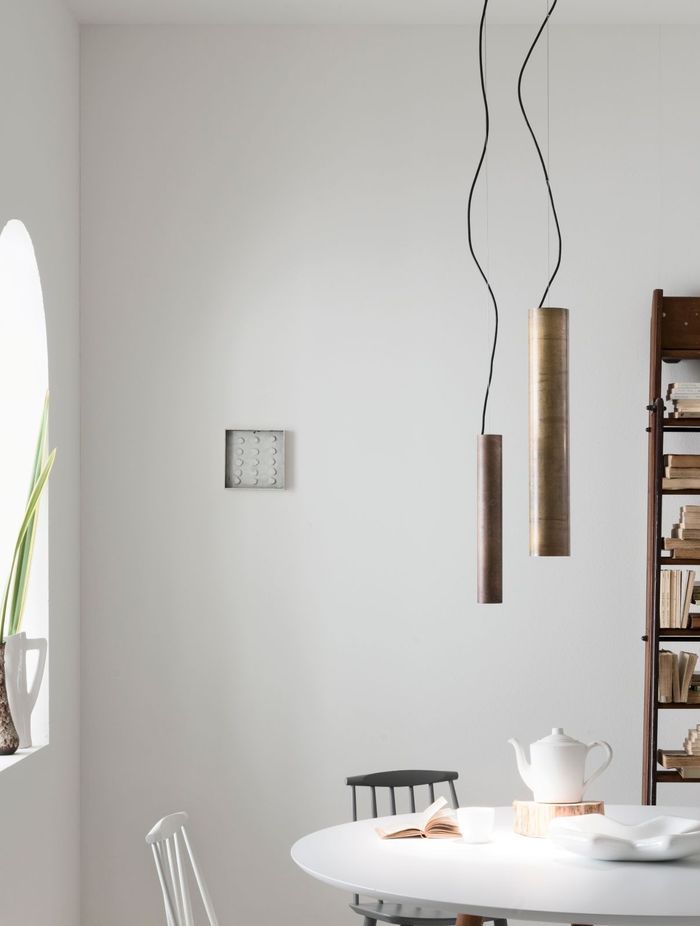
How many lumens do I need?
With that said, the brightness and type of light you use will also affect how many lights you need. When it comes to the brightness of your lights - the brighter your light, the fewer lights you need. The total light emitted from a bulb is measured in lumens.
High lumen bulbs are best if you have a high ceiling or space that needs concentrated light, such as the kitchen. Standard LED bulbs at the brighter end of the spectrum typically come in at about the 1500 lumen range which should ensure you have adequate lighting for such situations.
For living areas with low ceilings you may want to opt for 800 lumen lightbulbs with a softer light and a warmer colour temperature.
Do ceiling lights need to be earthed?
Yes – generally speaking, all bulbs should be earthed. Grounding your fitting is necessary to prevent electrocution and injury. Most bulbs will come with an earthing terminal for this reason.
Though some might argue as long as you don't use a metal switch or light fixture, the danger is minimal. However, for your safety, we advise always earthing your ceiling bulbs.
Do you need an electrician to fit a ceiling light?
Yes, it is advised to have a trained or experienced electrician fit your ceiling lights. Fitting a bulb fixture involves working with live electricity and wires.
Moreover, to gain a certificate of compliance for electrical works on your property, you will need the help of a certified electrician to do your fitting.
How long do LED ceiling lights last?
The average LED ceiling light lifespan is up to 100,000 hours or approximately 11 years. This is according to recent research on LED technologies.
The research tells us that LED bulbs can last four to eight times longer than conventional bulbs, such as incandescent or fluorescent lamps.
Related article: LED lights - the definitive guide
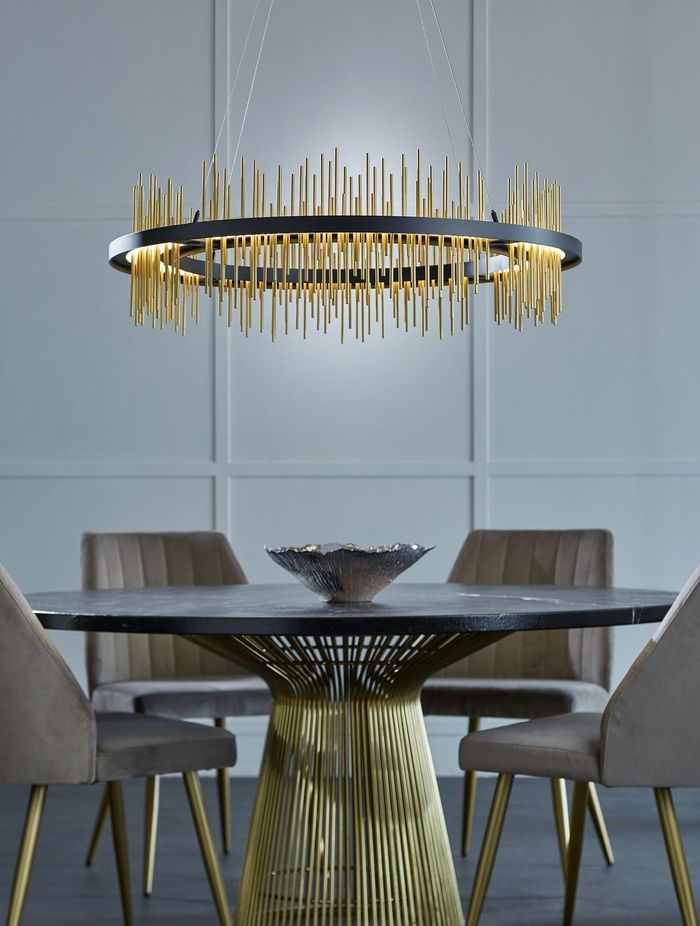
Can you put recessed lights in a vaulted ceiling?
Yes, recessed lights are a perfect fit for vaulted ceilings. Vaulted ceilings are any ceilings that extend beyond the average ceiling height of 2.4m to 3.0m.
As such, recessed lights are commonly installed in ceilings to sit flush against the surface. They can usually be installed in any type of sloped ceiling because of their versatility and inconspicuous design.

Can you put a lampshade on a ceiling light?
Yes, you certainly can. In fact, adding a light shade to a ceiling light is very easy. Some lamp shades even come pre-fitted for ceiling lights.
Usually, you will find instructions from the manufacturer. Or just do a quick search online for guidance. From ceramic settings to sleek metal designs, it's easy to find the right lamp shade for your space.
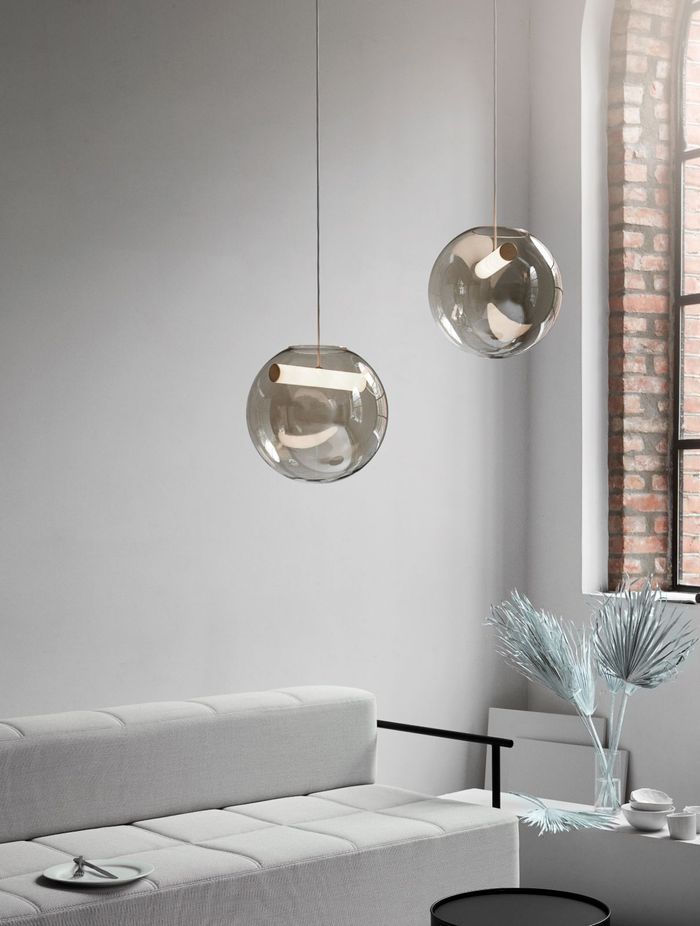
How much does it cost to install ceiling lights?
The typical cost to buy and install a standard pendant fixture is around $300. This considers the cost of hiring an electrician – $75 to $125 per hour and the cost of the fitting itself – $125 to $175 for a modest pendant fixture.
These estimates will obviously vary depending on the type of fixture you choose, the number of fixtures that need to be wired/installed and the city/state that you reside in. Plus, you also have to consider buying the bulbs and other expenses you might incur.
Many lighting companies, however, offer installation services as an inclusive part of the deal when buying a light fixture.
Related article: 7 glorious gold pendant lights

Create your lighting plan with confidence today
Now that you know how many ceiling lights you need and more, you can start creating your lighting plan that enhances the space you have in mind. There are some exciting lighting products available too with some great opportunity to create something that works and is unique to you.